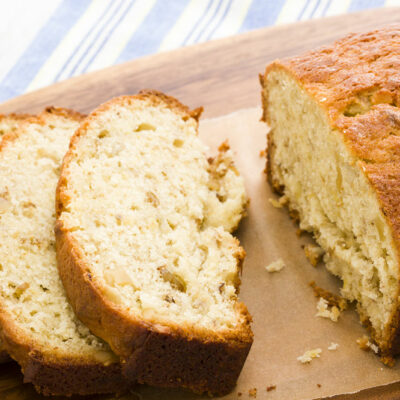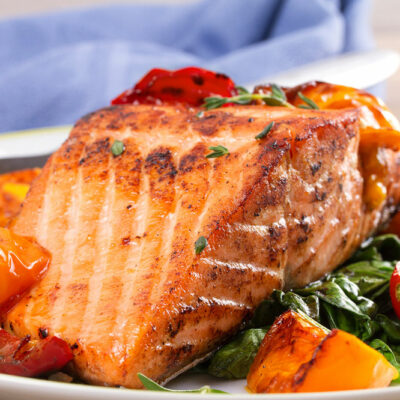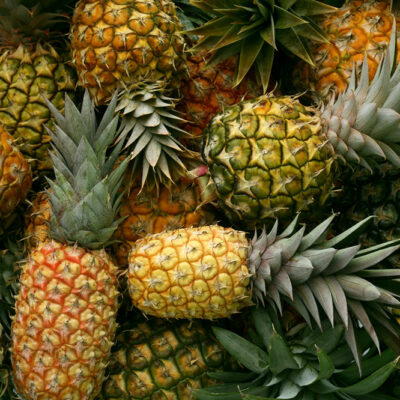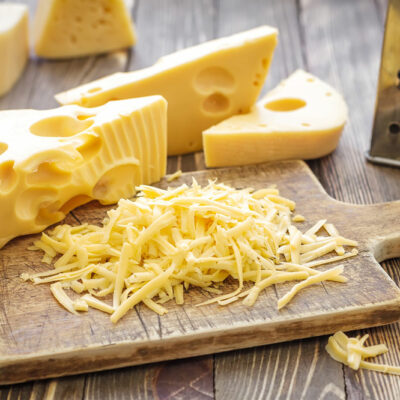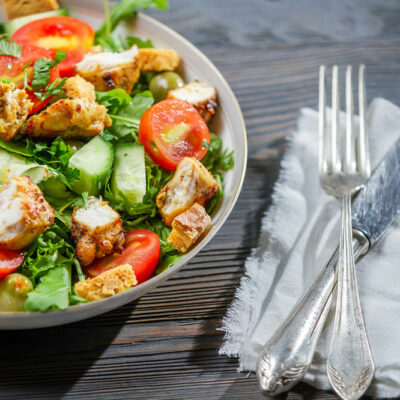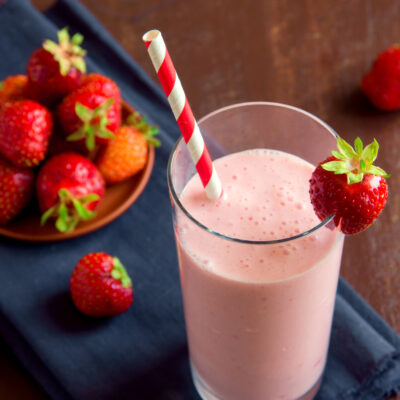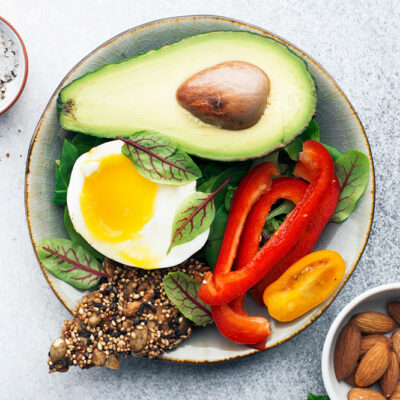
Lifestyle
4 Foods That Help Manage Depression
Depression is a low state of mind that results from severe trauma, intense stress, or side-effects of medication. This mood disorder can result in aggressiveness, restless behavior, a feeling of hopelessness, increased social isolation, and even thoughts of self-harm. So, it is crucial to detect a patient’s mental condition in the early stages and manage it through proper medication and therapy and a healthy diet. Let’s look at a few foods that help soothe depression: Walnuts Walnuts, rich in omega-3 fatty acids, have a positive influence on mood, and they also boost energy and concentration levels. This helps one maintain an optimistic attitude, no wonder they rank among the best foods that help soothe depression. A publication in the British Journal of Psychiatry pointed out that the mammalian brain consists of approximately 80 percent lipids, compounds that play a pivotal role in brain functioning. There is also a parallel increase in the number of people with depressive symptoms in the last few decades, and a rising trend of adapting to fast foods that are devoid of omega-3 fatty acids may be a leading cause. One can also add Brazil nuts, hazelnuts, and cashews to their diet or opt for trail mix as a healthy snack to fight depression.
Read More 